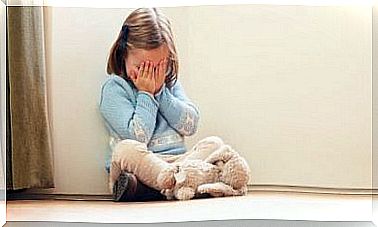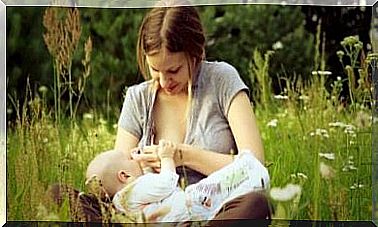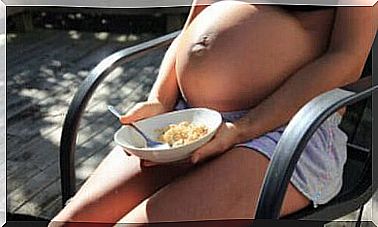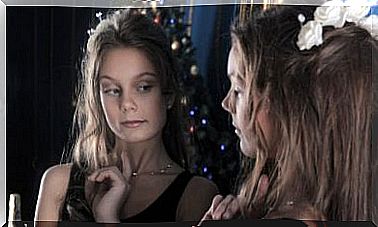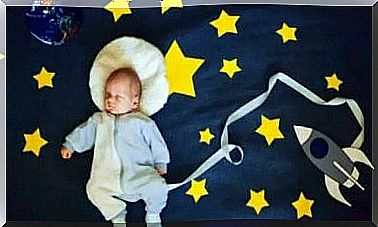Haiku, A Fun Way To Make Poetry With Children
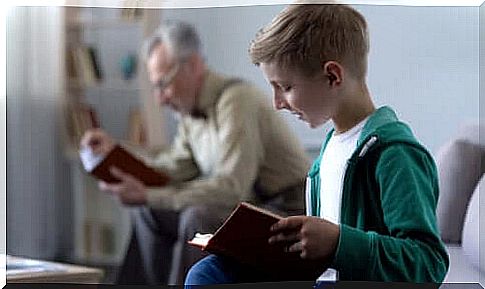
Haiku is a kind of short Japanese poetry that refers to nature. But at the same time it is a fun way to make poetry with children.
The classic haiku is composed of 17 syllables spread over three lines of 5, 7 and 5 syllables respectively, although today there are some variations in terms of rules and themes. Do you want to know more about this kind of poetry? Do you want to learn how to write haikus and have fun with your kids? We’ll show you how to do this together.
The origin of haiku
Haiku is a kind of short Japanese poetry. Its popularity in Japan began in the mid-17th century, thanks to the Japanese poet Matsuo Bashō. He was followed by other poets such as Yosa Buson and the great master of haiku, Kobayashi Issa.
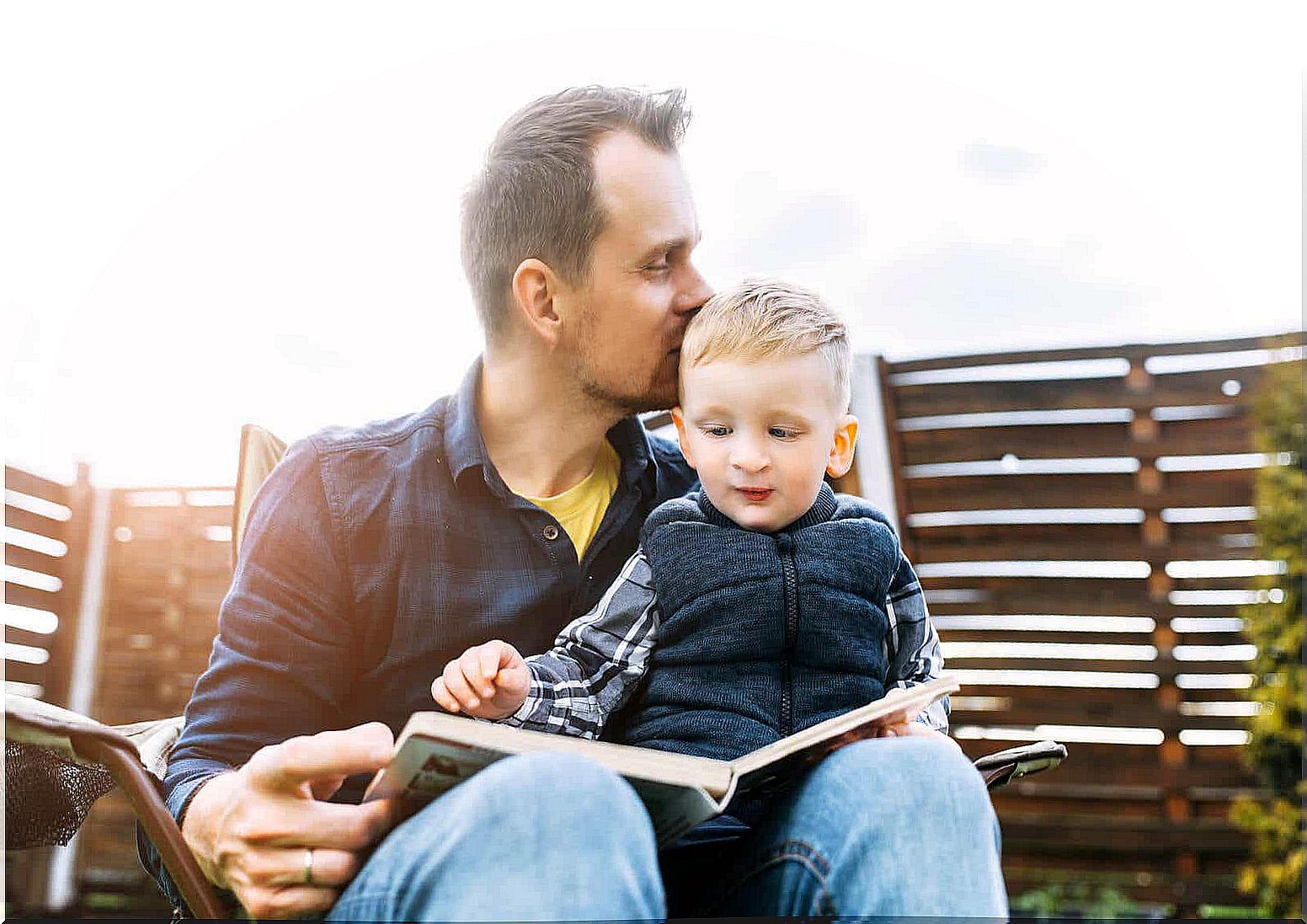
But for years, haiku has ceased to be a kind of poetry exclusive to the Japanese. Because of the Mexican poets José Juan Tablada (English link) and Octavio Paz, haiku spread through Latin American literature and became the shortest universal style of poetry.
Statistics and topic
As we mentioned at the beginning, a haiku consists of 17 syllables, spread over three lines. The first line consists of 5 syllables, the second of 7 and the third of another 5 syllables. This is the standard of classical haiku. While the syllables may vary between the lines, the total should be 17.
Haiku is not just the combination of words, they have to convey a feeling and capture the reader. For this reason, to consider a haiku to be really good, you have to choose words that together evoke emotion.
There are many haiku on a wide variety of topics. However, the main theme of classical haiku is nature. At the same time, their authors reflected the feelings they experienced when observing and thinking about the environment. So if you want to keep its essence, it’s best to think of a natural environment.
In addition, one of the requirements for composing a haiku is the introduction of kigo, a word that refers to a season of the year. You don’t necessarily have to mention the season of the year, but something that represents it, such as “the icy dawn of winter”; “dry leaves”; “flowers are reborn”; “the warm summer sun”, etc…
Names of animals and plants can also be used because, as we said, these short poems can be about anything. In fact , haiku offers as many possibilities as one’s creative capacity can imagine.
How do you enjoy poetry with children through haikus?
Children have an innate creativity, which is essential for creating haikus. They can instantly capture an image and describe it in their own way by turning it into a haiku. They have an amazing ability to spot the little things that we adults miss. Therefore, they should be encouraged to observe nature, imagine and describe what they see, what excites and amazes them.
By simply teaching them to experience the moment, observe and assimilate the environment around them with their five senses, we can create many fun haikus with our children.
Besides practicing creative writing and being an enriching activity, through haiku the little ones will improve their reading skills and expressiveness and they will learn vocabulary and metrics. But the most valuable of all is that they will taste the taste of poetry.
Recommendations to start writing haiku
- Read other haikus. If you are not familiar with this type of short poetry, it is best to read haikus with your kids before you start writing. In this way you can see the essence they contain. Of course, you should choose haikus according to their age so that they can understand them.
- Consider everything around you. Although we may not be aware of it, the environment around us transmits emotions and sensations. For example, have you ever thought about how you feel when you see snow behind the windows of your house? And if you see the sunset or a huge cloud of birds on a summer evening? There is an emotion in all of us behind what we see and experience, which we can capture in a haiku.
- Say something. Writing a haiku is not about putting words together and making the lines rhyme. If they don’t tell us, it’s not haiku. We have to make a very short story that makes sense and also moves us. It is not an easy task because by saying very little we have to convey a lot of meaning. But with practice and imagination, kids will create fantastic haikus.
A few examples
To get a more general idea of what a haiku is, here are some examples from well-known writers.
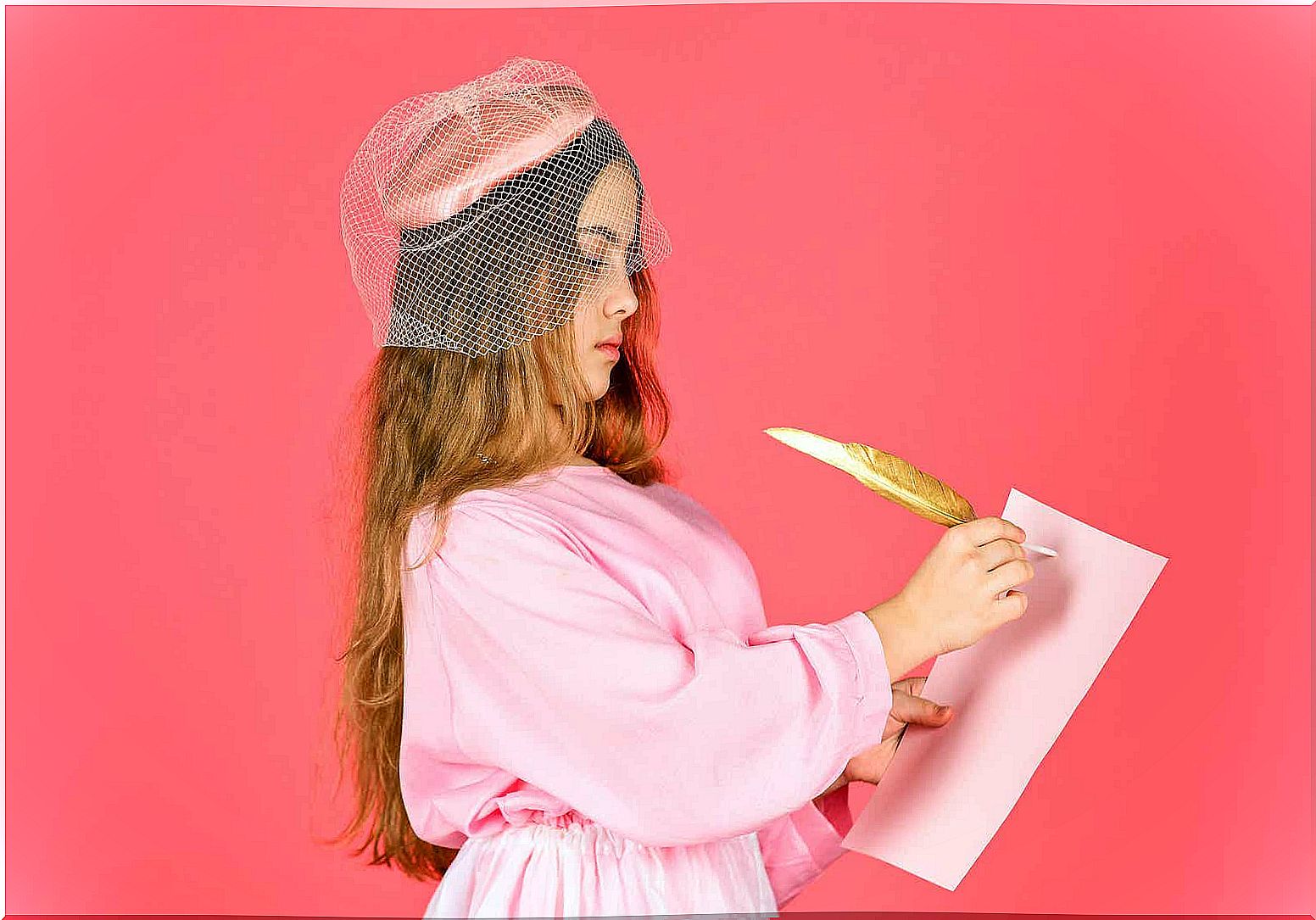
Recommendations on haiku to enjoy poetry with children
Now that we’ve seen how to make haikus and the possibilities out there, we invite you to practice this kind of poetry with your kids. They will surely come up with great poems that will surprise you! What are you waiting for to enter this poetic world with your children?
